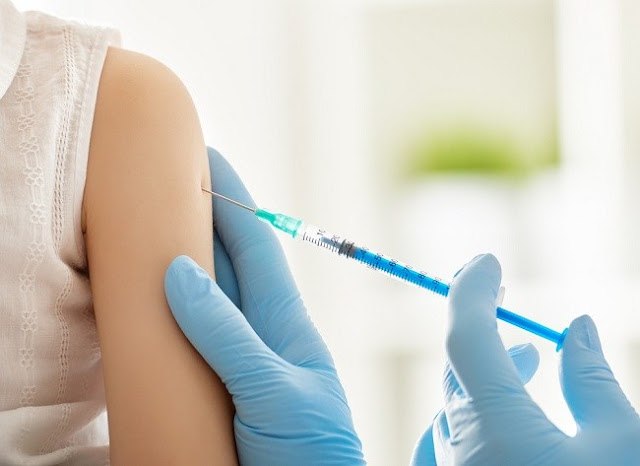If you have a tattoo that you want to remove, maybe you can try using a laser beam. The way the laser beam works in removing tattoos is somewhat safe compared to other techniques. This technique aims to break down the color pigments that exist in tattoos using high-intensity light. The advantages are minimal side effects and do not cause excessive scarring.
In the process, black tattoos are more easily removed and are likely to be completely erased. This is because the black tattoo pigment is able to absorb the entire wavelength of the laser beam. Meanwhile, tattoos with colors other than black, can only be removed using a laser beam that must be adjusted based on the color of the pigment on the tattoo.
Initially, tattoo removal is done in various ways, such as dermabrasion, frozen surgery, and tattoo removal using trichloroacetic acid.
How long does it take to remove a tattoo?
Removing tattoos using a laser beam cannot be done in just one treatment. Plus, the time required also varies. There are tattoos that can disappear after two treatments, but there are also those who need treatment up to ten times. The more often the treatment is done, the tattoo will look thinner
Fast or slow removal of tattoos depends on the quality of the tattoo, both color and size. This treatment difference will also depend on skin color, age, depth of tattoo pigment, and type of tattoo you have. So, one patient will undergo another procedure and get different quality results.
Tattoo Removal Process
The process of removing tattoos using a laser beam is not too complicated. When the doctor starts the treatment, you will be given eye protection. After that, a skin reaction test is performed first to determine the right energy to use in relation to the expected effectiveness of the treatment. Then, the tattoo removal begins using a laser beam.
Basically, the process of removing a tattoo using a laser will be painful and sore, but many people go through the process of removing a tattoo with a laser beam without anesthesia or anesthesia.
However, local anesthesia is sometimes needed, depending on the location of the tattoo and the level of resistance of each patient to pain. If absolutely unable to withstand pain, the doctor will provide local anesthesia at a location that will be shined as a pain reliever around the tattoo area.
Treatment after the Tattoo Removal Procedure Using Laser Light
After the tattoo is removed, there is a possibility that the scar will appear infected, permanent scarring occurs, and feels sore. It's also possible that you have hypopigmentation or hyperpigmentation in the area of the former tattoo. Hypopigmentation is the skin color on the former tattoo becomes brighter. Hyperpigmentation is the opposite, which is the skin color on the former tattoo becomes darker than the surrounding skin.
When the treatment using the laser beam is finished, immediately compress the tattoo marks using ice wrapped in cloth to reduce pain on the skin of the tattoo marks. Apply topical antibiotic medication as prescribed by the doctor. Then, add protection by covering it using a bandage. Do not forget to apply sunscreen on the skin of a tattoo when you are active in the sun or outside the home.
Protect the area of the former tattoo, which covers it with clothes that are comfortable and can absorb sweat. However, avoid using clothes that are too tight and change your clothes every day to maintain the cleanliness of the former tattoo. Keep as much as possible so that the area of the former tattoo is not rubbing or in direct contact with other objects. For a while, avoid scrubbing, shaving, or waxing on the former tattoo area. Keep the former tattoo area is always clean, at least 1-2 weeks after removal of the tattoo.
So that the process of removing tattoos using a laser beam can run safely and minimize side effects, it is recommended for you to choose a licensed doctor who is valid and experienced in this field.



Comments
Post a Comment